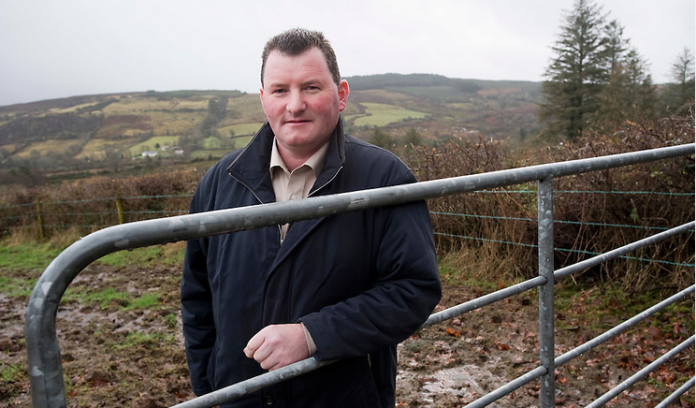ALARM at the potential impact of forthcoming guidelines on development in rural areas has prompted a rush of planning applications, an East Clare councillor has said.
Councillor Pat Hayes said that, after members of the local authority secured a seven-month deferral of the next County Development Plan (2022-2028), those looking to build in rural areas are keen to lodge their applications before the new and potentially more restrictive regulations come into force.
At the end of June, councillors unanimously backed a motion to defer the new plan on the basis that Covid-19 had significantly disrupted the public consultation process.
The move was seen as a pragmatic response, not just to the pandemic, but to national policies, of which the plan will have to take account.
Several rural councillors have made no secret of their concerns that some elements of the National Planning Framework (NPF) and the Regional Spatial and Economic Strategy (RSES) could do irrevocable damage to rural areas.
“There is a lot of worry out there about rural planning,” Councillor Hayes told The Champion. “There is a fear factor over what the new policies could mean and what kind of development will be allowed when the new plan is finalised.”
The Caher native said that there are several other policies with the potential to hit rural development.
“For farmers, when it comes to proving the economic and social need for a house, there are changes proposed to the amount of land someone must have,” he said.
“That’s a national policy sent down to be incorporated into all county development plans. That has the potential to affect a large number of part-time farmers and the last thing we want to do is to further restrict them.”
In respect of East Clare, the Fianna Fáil representative added that national policies, when transposed into the county plan, had major implications for the future viability of several areas.
“There is a huge risk of further depopulation in areas of North East Clare in areas like Killanena, Flagmount, Feakle and into Scariff and Tuamgraney,” he outlined.
“Tulla on the other hand is thriving because of its proximity to the motorway. If we have more policies to further restrict rural areas, it really could be a death knell.”
As regards progress on work towards the new plan, Councillor Hayes added that there are concerns over the data being used to underpin decision making.
“We have been shown an analysis that suggests that if 25% of people within a District Electoral Division (DED) are travelling out of it for work, it is defined as being under high pressure,” he outlined.
“Given the nature of rural Clare, that’s completely ridiculous. On top of that, we have restrictions in Special Protection Areas (SPAs), visually vulnerable areas on scenic routes.
“We need a total overhaul of what is proposed by central government. Councillors simply may not be able to support the new plan otherwise.”
Among the concerns aired by council members over national planning policy is the proposal that lands will have to be dezoned if there is no prospect of them being serviced under the lifetime of the development plan.
“There are huge implications there,” said Councillor Hayes.
“An area like Scariff-Tuamgraney really needs a further 30 homes to enable its development. What if you were to dezone a third of lands there? The remaining zoned land might not be suitable.
“This is really something that needs to be worked out in terms of what it means for the future of rural life all over Clare.”
‘Fear factor’ is driving a rush of rural planning applications, says councillor


